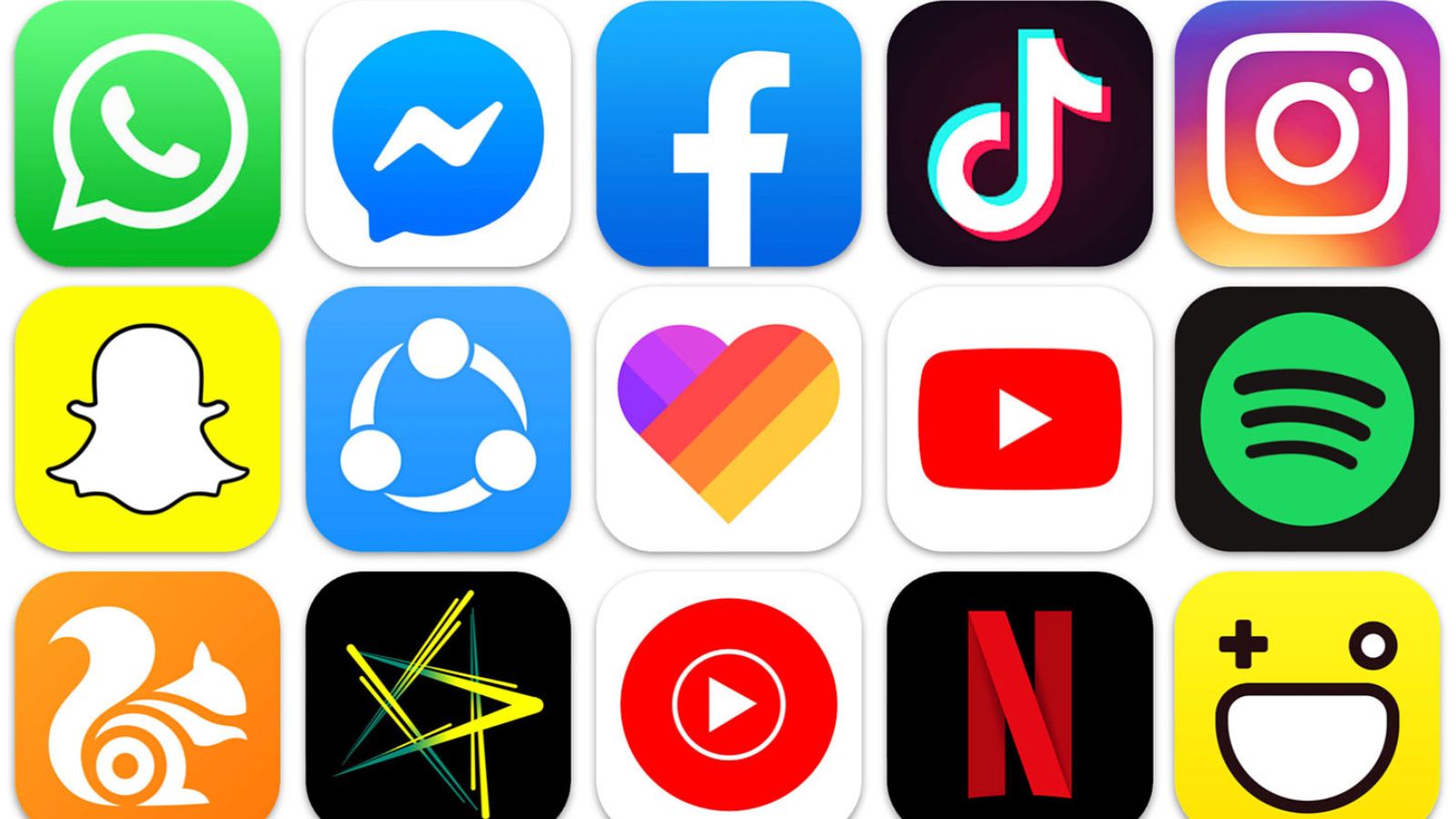Ever wondered how to create a mobile app without having to dive deep into the world of coding? Welcome to the realm of “bubble apps”, a revolutionary way to build your dream application. I’ll guide you through the basics of this fascinating technology, showing you just how accessible app development can be.
Bubble apps are transforming the tech landscape, offering a user-friendly platform for non-techies to create robust, scalable applications. They’re not just a trend, they’re a game-changer. So, whether you’re an entrepreneur looking to launch your next big idea or a hobbyist wanting to bring your app vision to life, bubble apps might just be your answer.
Stay tuned as we delve into the world of bubble apps, exploring their potential, how they work, and why they’re making waves in the tech world. It’s time to break down barriers and democratize app development. Welcome to the future.
Having explored the introduction, it’s time to delve deeper into familiarizing ourselves with bubble apps and the emergence of no-code development platforms.
Bubble Apps
 Bubble Apps are a specific type of platform designed to redefine application development. Traditionally, creating an app required specialized knowledge – you needed to know how to code. Bubble apps, however, change this narrative completely. These are platforms that facilitate app creation without the necessity to write code, making their use accessible to anyone with a decent understanding of basic computer operations. Google Sheets and Microsoft Excel are classic examples of these tools. With a drag-and-drop facility, users can integrate different functions, create databases, and customize the app interface to suit their preferences.
Bubble Apps are a specific type of platform designed to redefine application development. Traditionally, creating an app required specialized knowledge – you needed to know how to code. Bubble apps, however, change this narrative completely. These are platforms that facilitate app creation without the necessity to write code, making their use accessible to anyone with a decent understanding of basic computer operations. Google Sheets and Microsoft Excel are classic examples of these tools. With a drag-and-drop facility, users can integrate different functions, create databases, and customize the app interface to suit their preferences.
The Rise of No-Code Development Platforms
The rise of no-code development platforms, like bubble apps, signals a significant shift in the technology landscape. These platforms have garnered immense popularity over recent years, due primarily to their simplicity and accessibility. No longer reserved only for tech professionals, app development can be carried out by anyone, including business owners, freelancers, or even passionate hobbyists. This phenomenon can be attributed to several factors.
Firstly, the need for businesses to develop apps to support their operations has grown exponentially, as more customers transition online. A survey conducted by Statista in 2020 showed that in the US alone, the number of mobile app downloads reached 218 billion, highlighting the increasing need for app-based services.
Secondly, the cost and time involved in traditional app development were barriers for many. No-code platforms bypass these obstacles, bridging the gap between ideas and their realization in app form.
Finally, the digital age dictates a future where everyone holds some form of coding or programming capability. No-code platforms answer this call, allowing people to build elaborate, customized apps without needing to learn complex programming languages.
Key Features of Bubble Apps
Having acquaintance with bubble apps and the rise of no-code platforms, let’s now focus on the distinctive features that set Bubble Apps apart in the realm of app development.
realm of app development.
Drag-and-Drop Functionality
The highlight of Bubble apps lies in their drag-and-drop functionality. No tech savviness? No problem. Bubble provides a visual interface for app development, where elements like buttons, inputs forms, and texts can simply be dragged and dropped onto an application canvas. For instance, if a user needs to incorporate a text box into their app, they simply drag the text box element from the toolbox and drop it where they want it on the canvas.
Customizable Templates
Want to build an app without starting from scratch? Bubble apps got you covered. With its assortment of customizable templates, users can choose a pre-made design suitable for their app’s purpose. For example, someone building a restaurant booking app finds a template with an integrated booking system, tailoring it to their specific needs by changing colors, fonts, or layouts. These templates make designing the app not only faster but also efficient, letting the creator focus more on the app’s unique features.

